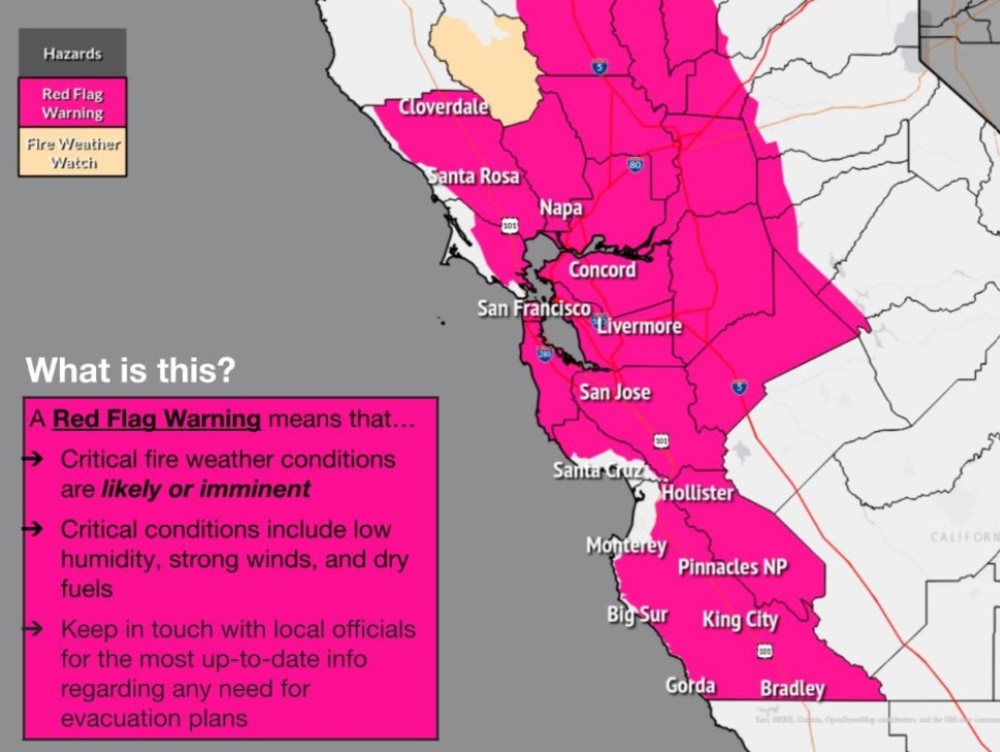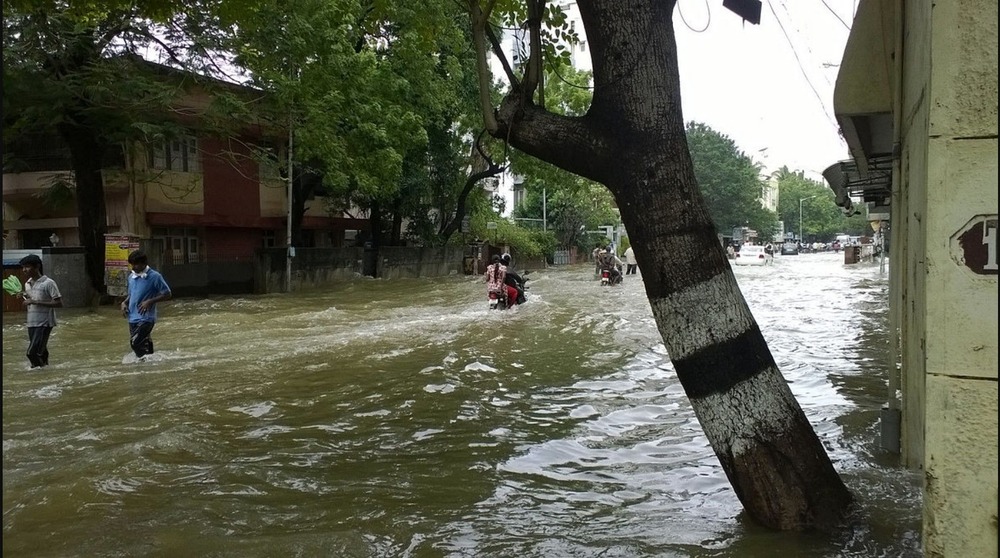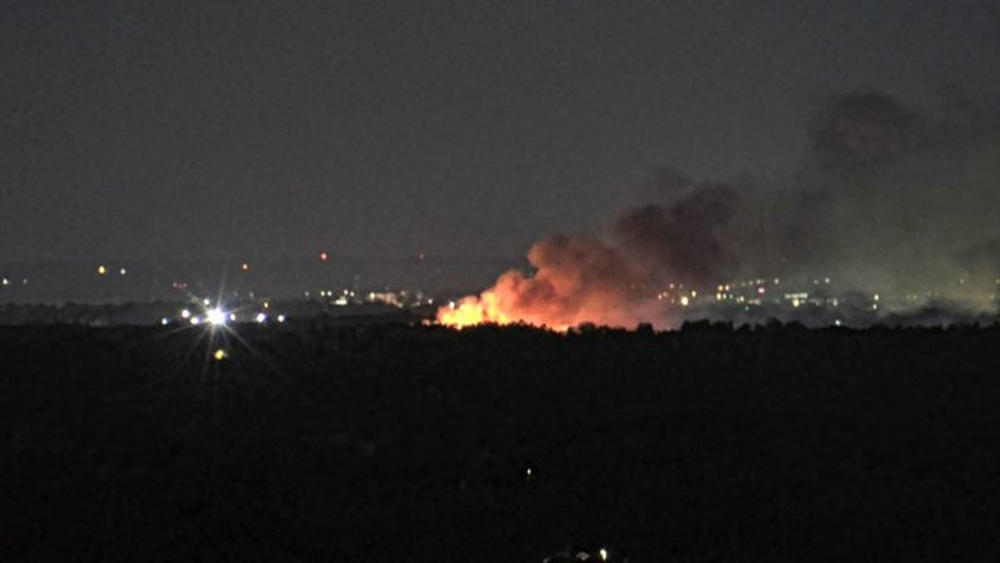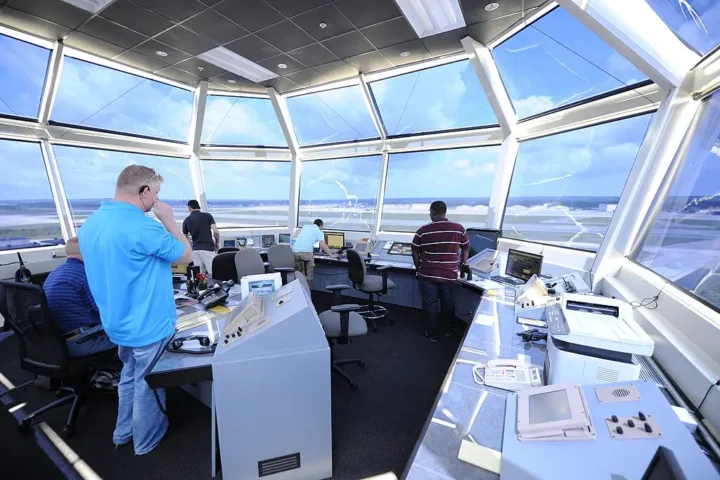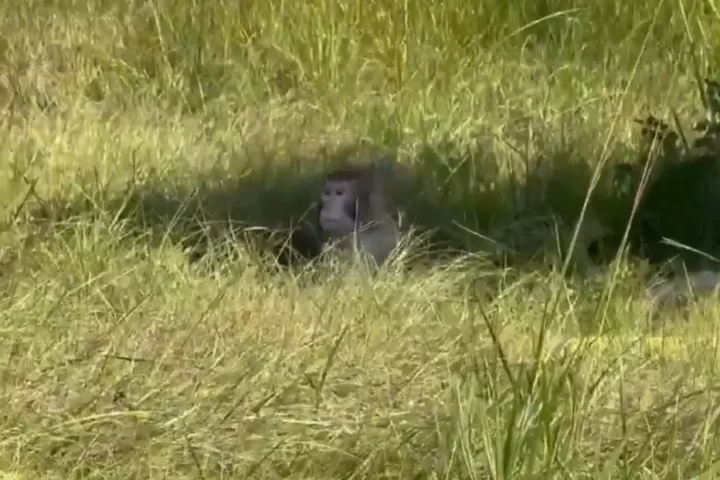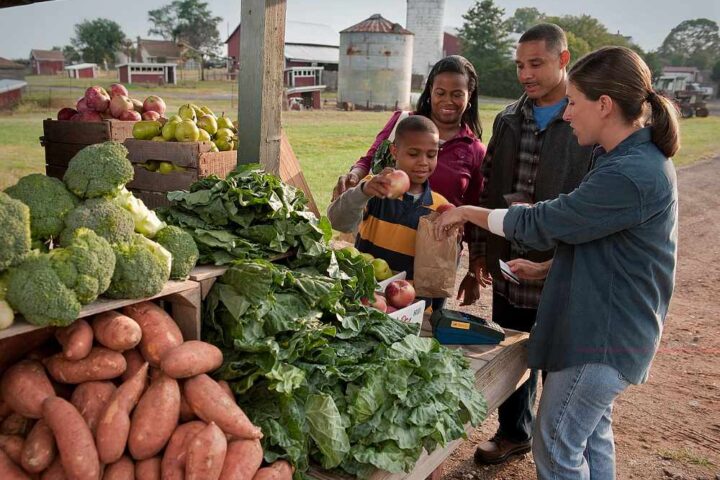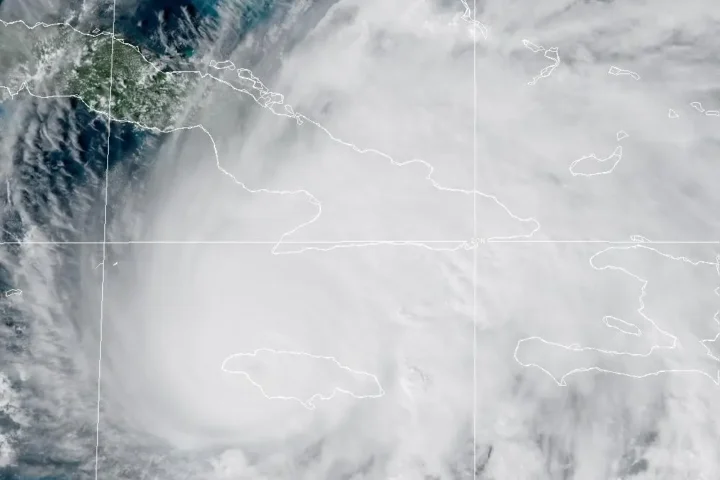The National Weather Service has upgraded a fire weather warning to a red flag warning for most of the interior Northern California, set to take effect Thursday night and continue through Saturday. The warning comes as meteorologists anticipate the arrival of strong northerly Diablo winds after a brief weather system moves through the region, creating critical fire weather conditions.
Weather Conditions Fuel Wildfire Risk
Diablo winds, also known as Santa Ana winds in Southern California, are a seasonal phenomenon that brings warmer, drier air from the Great Basin into California during the fall months. These winds can quickly dry out vegetation and create conditions that allow fires to spread rapidly.
According to the National Weather Service’s Sacramento office, “Thursday, north to east winds begin to pick up and minimum daytime humidities begin to drop as an “Inside Slider” pattern
begins to take hold with a larger trough beginning its path down from the north, over California, and into the Great Basin. Elevated to critical fire weather conditions are expected Thursday
evening through early on Saturday evening, with wind speeds peaking and relative humidities bottoming out sometime on Friday.”
On the Valley floor, wind gusts could exceed 40 mph, with sustained winds of 15 to 30 mph. Humidity levels are forecasted to be between 10% and 25% on Friday and Saturday, with little overnight recovery.
Precautions and Expert Opinions
The combination of strong winds and low humidity creates an environment where new wildfires can ignite, and existing ones can overgrow in size and intensity. Residents in affected areas are advised to take necessary precautions and stay alert for any updates from local authorities.
Fire officials and meteorologists emphasize the severity of the situation. “The conditions we’re expecting over the next few days are a recipe for potentially devastating wildfires,” said a spokesperson for Cal Fire. “We urge everyone to be prepared and stay vigilant.”
Historical Context and Trends
California has experienced increasingly destructive wildfire seasons in recent years, with climate change playing a significant role in the frequency and intensity of these events. The 2017 wine country fires and the Southern California firestorm, fueled by similar high-pressure systems and dry winds, are stark reminders of the potential consequences.
As the state continues to grapple with the impacts of climate change, experts stress the importance of long-term strategies to mitigate wildfire risks. These include improved forest management practices, community planning, and investments in fire-resistant infrastructure.
Similar Posts
Impact on Communities
The red flag warning has prompted concerns about potential power outages, as utility companies like Pacific Gas and Electric (PG&E) may implement public safety power shutoffs (PSPS) to reduce the risk of their equipment sparking wildfires. PG&E has identified dozens of California counties that a PSPS could impact between Thursday and Sunday.
Local authorities and organizations are working to ensure public safety and provide resources for affected communities. In Tuolumne County, the Office of Emergency Services is coordinating with PG&E and preparing to set up a Community Resource Center at the Mother Lode Fairgrounds if a planned outage moves forward.
Wildfire smoke also poses significant health risks, particularly for vulnerable populations such as the elderly, children, and those with respiratory conditions. Health officials advise residents to monitor air quality and take appropriate measures to protect themselves, such as staying indoors and using air purifiers when necessary.
The economic impact of wildfires and red flag warnings can be substantial, affecting local businesses, agriculture, and tourism. As communities brace for potential fires, supporting one another and working toward long-term solutions that prioritize public safety and resilience is crucial.
While the red flag warning serves as a stark reminder of the challenges California faces in the era of climate change, it also highlights the importance of preparedness, collaboration, and proactive measures to protect lives, property, and the environment.
